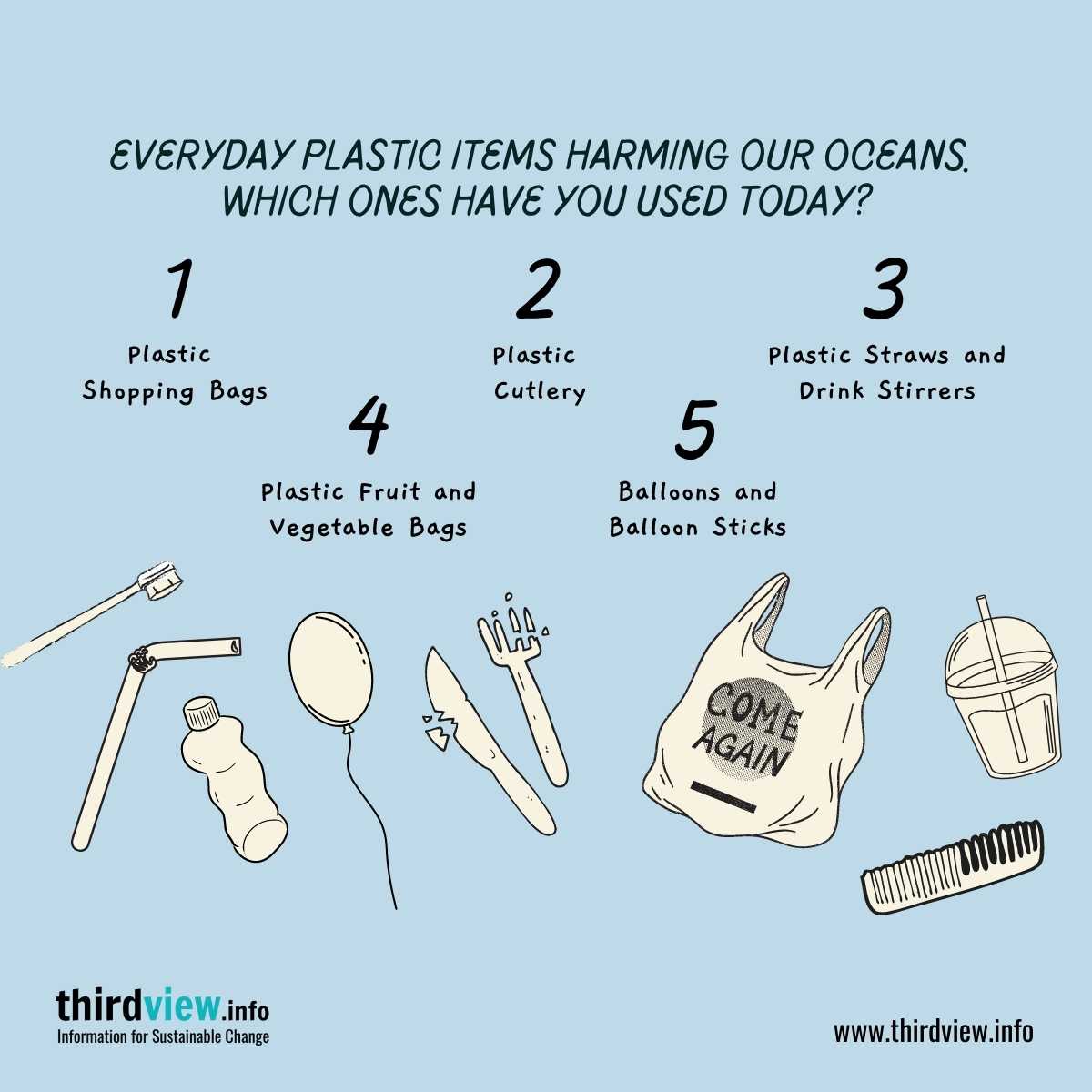In recent years, there has been a growing awareness of the environmental impact of single-use plastics and their contribution to the global climate crisis. This blog post will explore the importance of reducing single-use plastic consumption and offer alternatives that can help you reduce your own plastic use.
The Impact of Single-Use Plastics
Single-use plastics are items that are used once and then thrown away, such as water bottles, shopping bags, straws, food packaging, and utensils. Single-use plastic is incredibly convenient—it’s lightweight, durable, and cheap to produce—which explains why it has become so ubiquitous in our daily lives. But while this convenience may be great for us humans, it comes at an incredibly high cost to the environment. These items are often made from non-biodegradable materials like polystyrene or polyvinyl chloride (PVC). This means that they take hundreds or even thousands of years to decompose in landfills or oceans. In addition to this, most single-use plastics are not recycled because they cannot be repurposed for other uses.
Furthermore, these plastics are often laden with toxins like BPA or phthalates—chemicals which have been linked to hormone disruption and other health problems —that leach into our soil and waterways when discarded improperly. And when these plastics do eventually break down (which can take hundreds of years), they release microplastics that get ingested by animals in our oceans, lakes, rivers and streams– leading to further environmental damage and animal suffering.
What Can We Do?
Reducing our consumption of single-use plastics is one of the most effective ways we can reduce our environmental impact. Start by making simple swaps such as bringing your own reusable water bottle when you go out instead of buying bottled water; using cloth shopping bags instead of disposable plastic ones; opting for cardboard or paper containers over plastic takeout boxes; and using bamboo utensils instead of plastic ones when eating out. You’ll also want to avoid buying products with unnecessary packaging – look for products in bulk where possible or buy loose vegetables instead of those wrapped in plastic at the grocery store.
Alternatives to Plastic
There are many alternatives to single-use plastics available on the market these days – some are even biodegradable! Here are a few examples: paper straws instead of plastic ones; stainless steel or glass containers instead of plastic food storage containers; reusable fabric produce bags instead of disposable plastic ones; bamboo cutlery sets instead of disposable utensils; and beeswax wraps for covering food items instead of cling wrap or aluminium foil. While these alternative options may cost more upfront than their disposable counterparts, they’re usually much more durable and cost-effective in the long run!
Reducing our consumption of single-use plastics is essential if we want to protect our planet from further damage caused by pollution and climate change. Fortunately, there are plenty of simple swaps we can make that will help us do our part for the environment – from bringing reusable water bottles with us when we go out, to opting for more sustainable alternatives like bamboo utensils and beeswax wraps when possible. With just a few small changes in our daily habits, we can make a big difference!


